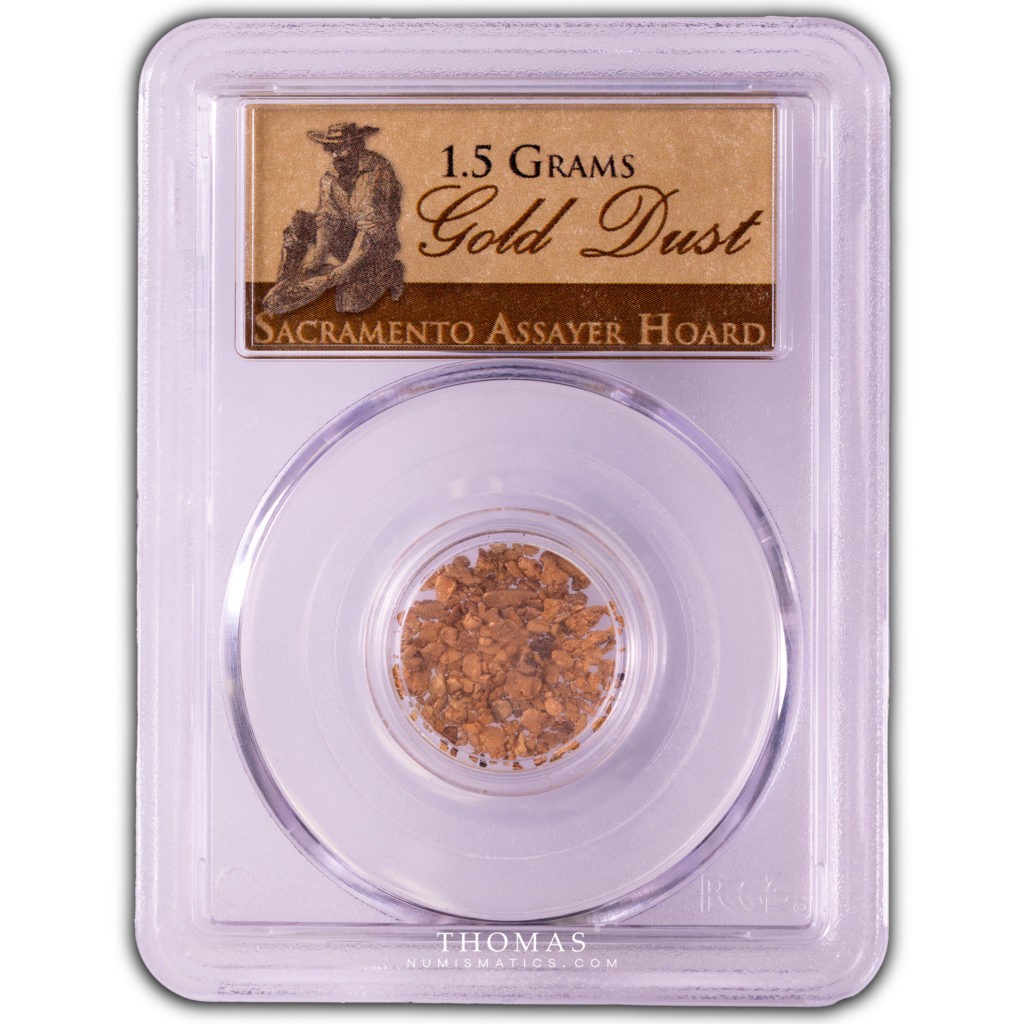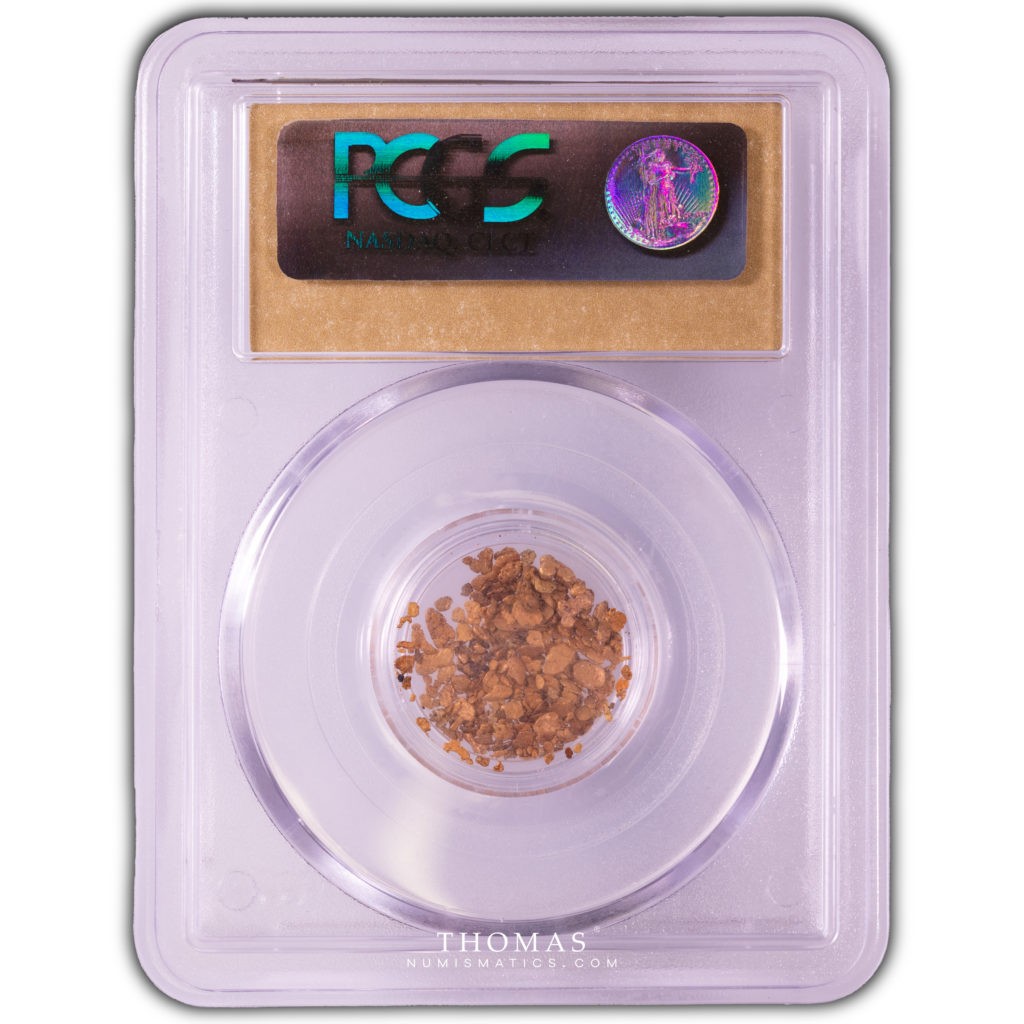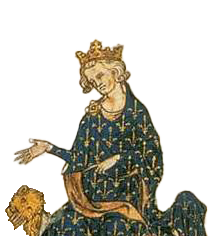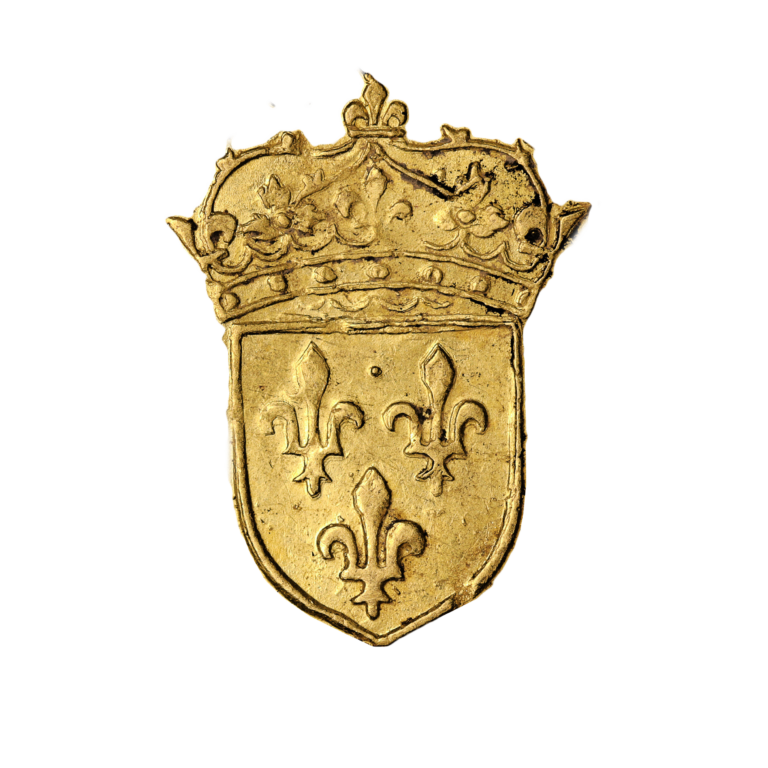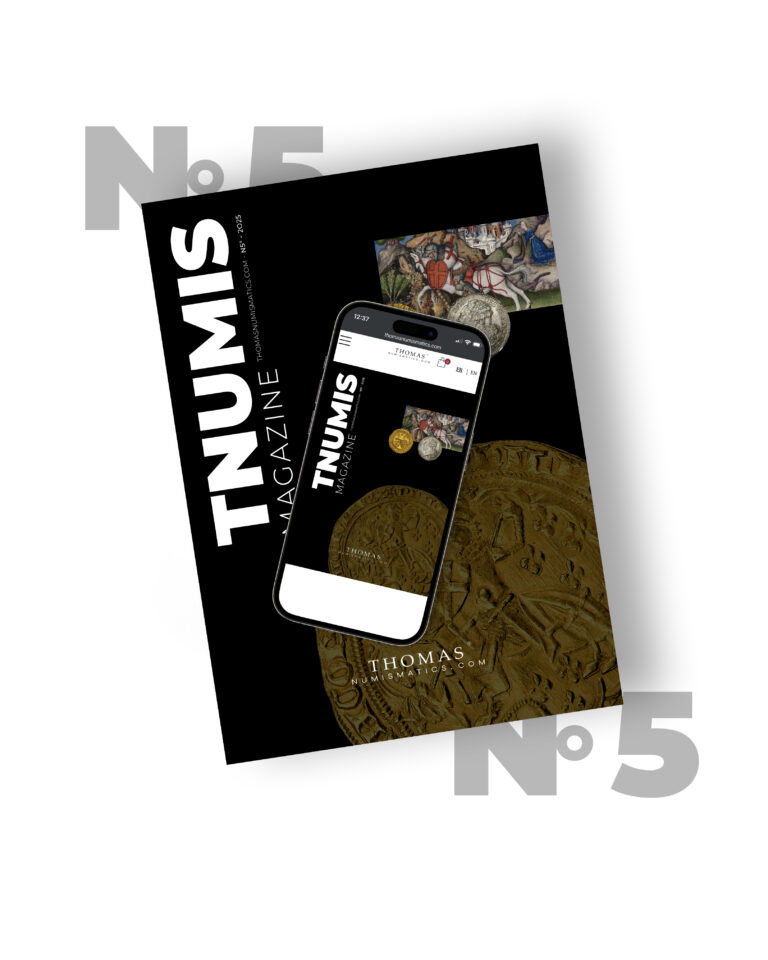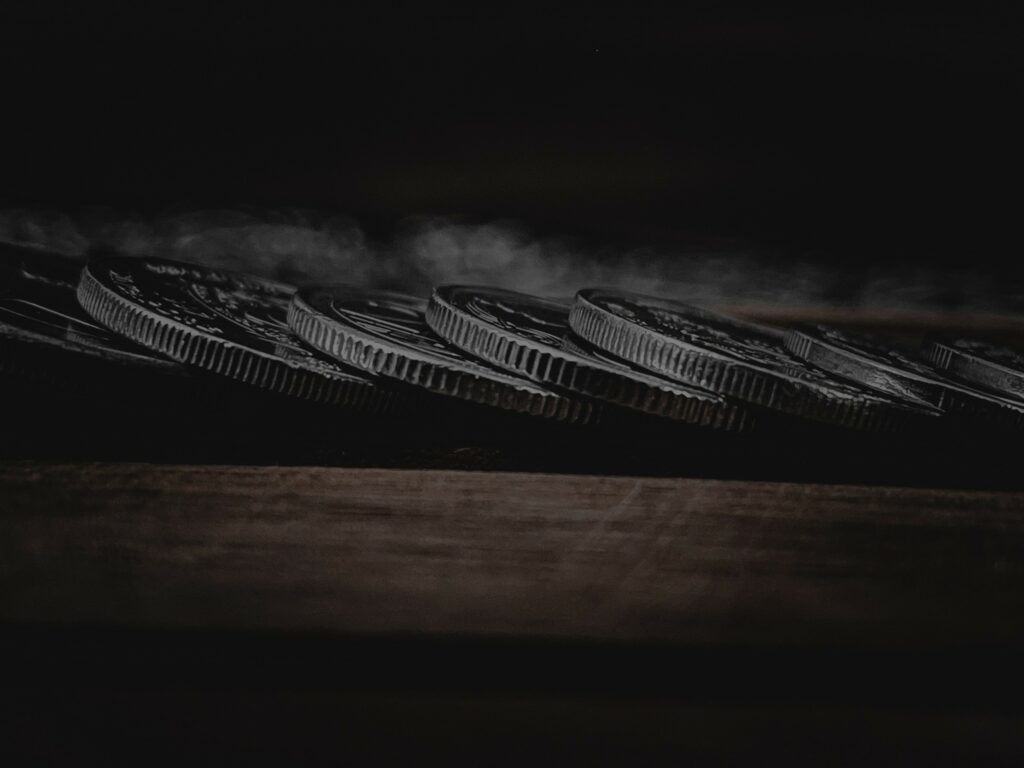
Discover all the news and articles from TNUMIS Magazine exclusively
The Sacramento assayer hoard
A few years ago, two elderly men decided to part with a treasure that is nevertheless dear to them. They are brothers and have inherited a rather unusual jewel from their father: gold nuggets in large quantities. Being American and living in Sacramento, California, they carry with them the history of an entire country.
The Sacramento assayer
When the future buyers discovered the brothers’ collection, they were stunned. The siblings had in their possession dozens of jars filled with California gold dust, flakes and small nuggets in pure, unadulterated form. According to the sons, these were payments their father had accepted throughout his career. His profession? Assayer! He assayed the raw gold from the gold miners and turned it into bullion.
Assaying was a very difficult process. Not only did it require a high degree of scientific expertise, but it also required all the necessary facilities for smelting, processing the gold (molds, scales, weights, etc.) and storing it.
How did the transaction take place? The miner would deposit his bag of gold and receive a receipt with an identification number and weight. The assayer would then begin the work of melting the raw gold, refining it and removing impurities. The melted gold was poured into a mold. Once the bar had cooled, the assayer cut off the two opposite corners of the bar for analysis. He determined its purity, weight and fineness before stamping the gold bar. The miner could then collect his refined gold.
In exchange for his services, the Sacramento assayer was paid in pure gold. This is what makes this treasure unique. The craftsman collected gold in its natural state over the years, never transformed into bullion.
The Sacramento assayer hoard certified PCGS
The brothers, delighted to learn that their gold dust had a considerable premium, decided to sell it all. Each case was hermetically sealed and contained 1.5 grams of genuine California gold. They were all PCGS certified and sold with their certificate of authenticity. Each one is different from the others. Some contain small nuggets, dust, flakes or a combination of all three.
A historical treasure
The Sacramento assayer hoard is a beautiful expression of American history.
On December 5, 1848, in his annual message to Congress, President James Knox Polk declared that gold had been found in California. The gold rush was on! The news spread quickly around the world via the telegraph. Adventurers from Europe and elsewhere arrived in large numbers.
California experienced a very rapid demographic and economic growth. Trade was conducted with gold dust. This explains why the Sacramento assayer received many payments in this form.
Another reason this treasure is historic is that in 1933, U.S. President Franklin Roosevelt issued an executive order prohibiting “the hoarding of gold coins, gold bullion, and gold certificates in the continental United States.” In other words, it was no longer possible to hold gold. Gold coins were removed from circulation and melted down. This treasure was spared from destruction and has been preserved to this day.
Our store regularly offers coins from treasures like this one. Do not hesitate to contact us for more information.
Sources :
Modern coin mart
Finest known
